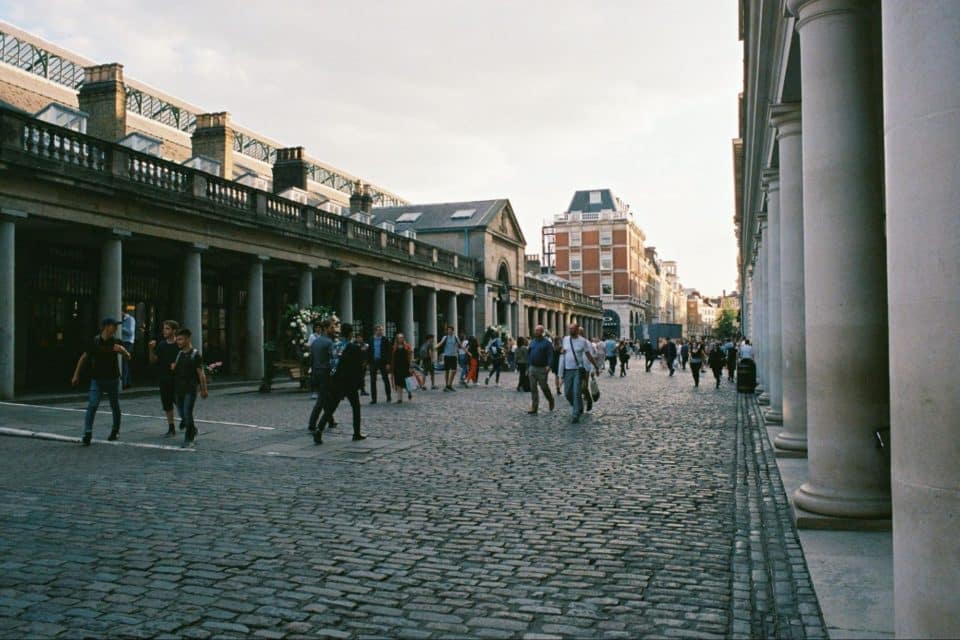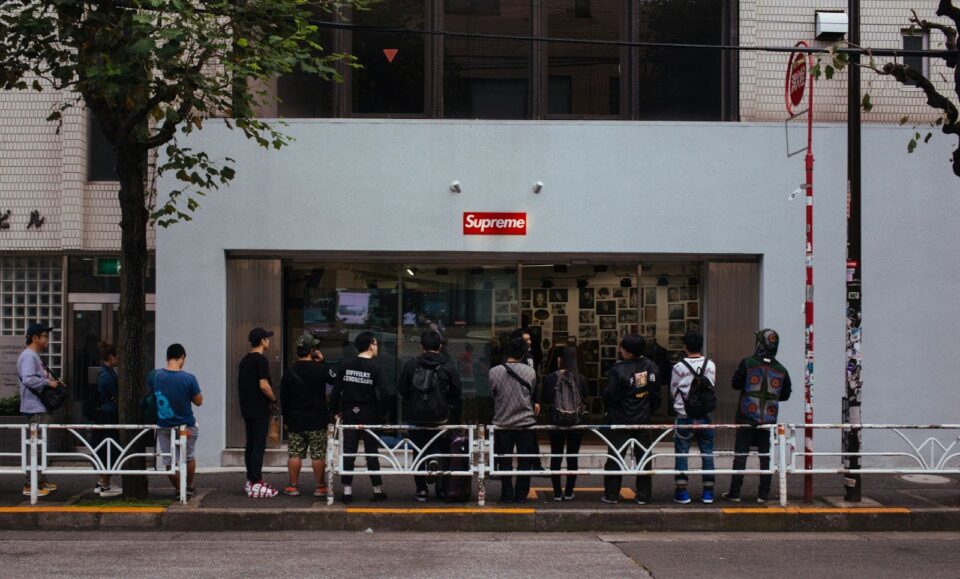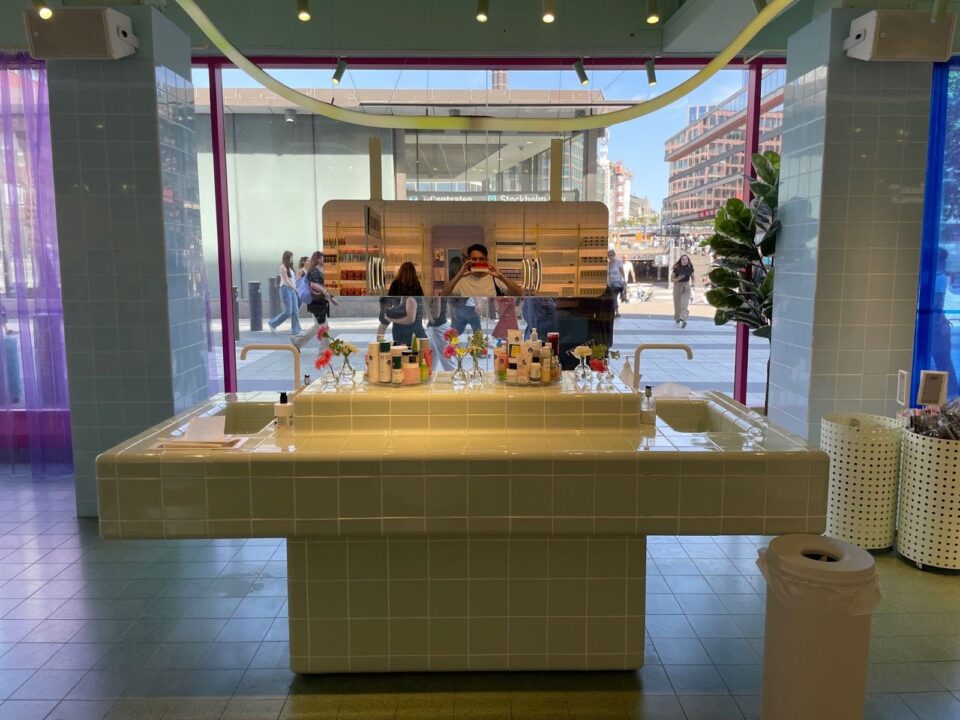13 Companies Doing Omnichannel Retail Brilliantly
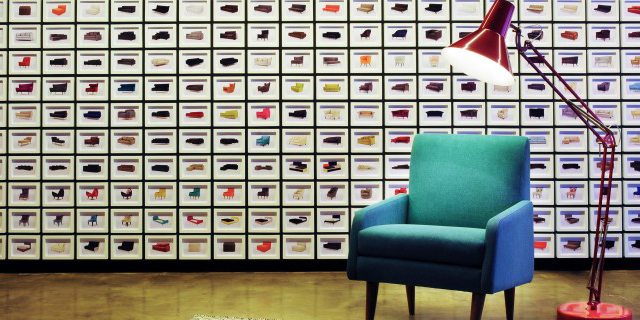
What is omnichannel retail?
“Omnichannel” means solutions that beautifully link up online, offline and mobile shopping. No store is solely offline any more – all offline shopping is influenced by online shopping, whether a brand has an online presence or not.
Introduction to omnichannel retail
The proliferation of online shopping in the 1990s was the first step of many that revolutionised the status quo in the retail industry. Now the industry has evolved to a point where customers often expect a seamless experience throughout all channels of dealing with a retailer.
For example, a recent study by Forrester of US and European retailers and shoppers shows that 71% of customers surveyed consider it important to be able to view local inventory information for an item online. In fact, 39% of survey respondents went so far as to say they would not shop at a store whose online presence lacked this information.
But as of January 2015, only 5% of retailers in the UK had even begun their omnichannel commerce efforts. In the Forrester report, only 1/3 of retailers even had basic multichannel capabilities, such as in-store pickup for online orders, and 10% of retailers offering this capability struggle to fulfil multichannel orders due to inaccurate inventory information.
Only 6% of retailers surveyed in the Forrester report claimed they had no significant barriers to omnichannel operations. Organizational silos and technology challenges were among the most frequently cited barriers. This gap between the customers’ expectations and the retailers’ reality represents a tremendous growth opportunity for retailers.
Omnichannel commerce enables the customers to start a purchase in the channel of their choice and complete it in a possibly different channel of their choice.
Although 65% of shoppers prefer to shop in person, retailers can still use other channels to enhance the in-store experience, as well as provide an avenue for shoppers when the physical stores are closed. Also, the percentage of people who prefer to shop online is likely to increase as more people become more comfortable with the technology.
As with all evolutions in a field, there are a few companies who are leading the way in omnichannel. We’ve compiled a list of 13 companies who are serving as fantastic examples of omnichannel retail work for companies to follow.
1. Apple
Apple has done a lot to ensure that its mobile app and physical stores feed into each other to enhance sales. For instance, customers can use the mobile app to book support appointments at a store’s Genius Bar. Walk-in users get messages through the store app confirming their requests and letting them know when a technician is available to help them. When a customer orders an item online to collect in-store, they receive an alert when their mobile device senses they are near the store. The alert brings up the relevant order information, which the customer can then present to a sales assistant.
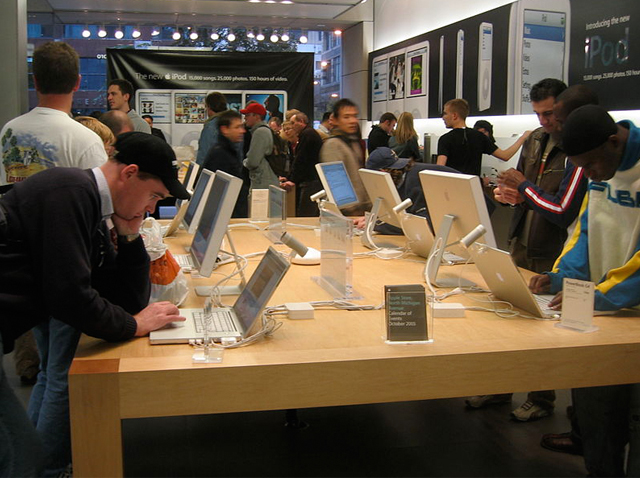
2. Argos
The established catalogue retailer has fully embraced ecommerce, with 51% of its sales having multichannel involvement. Over 30% of their sales come through the store’s Check & Reserve service, and 42% of their sales are solely online. The store has also worked to increase the amount of digital inventory, as well as online review information, available in-store.
3. Carrefour
Belgian supermarket chain Carrefour has launched a Connected Kitchen concept in its stores throughout Belgium. Customers can scan or speak items to be added to an online shopping list. When customers are ready to complete their online orders, the orders can be shipped to their homes or picked up in a local store.
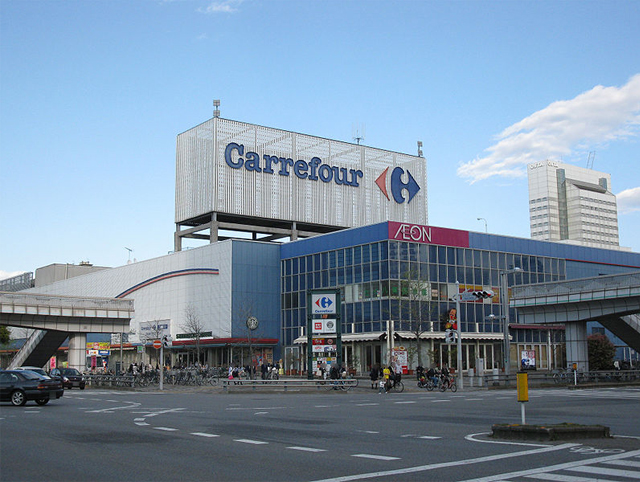
4. Clinique
After a successful trial in London’s Covent Garden, Clinique Great Skin Lab is synchronising in-store recommendations with shoppers’ online profiles. The store offers information cards, iPads, and monitors with further information about the products available, as well as general advice on skincare from nutritionists and dermatologists. After an in-store consultation, shoppers are given codes with their personalised results that enable them to use the information online.
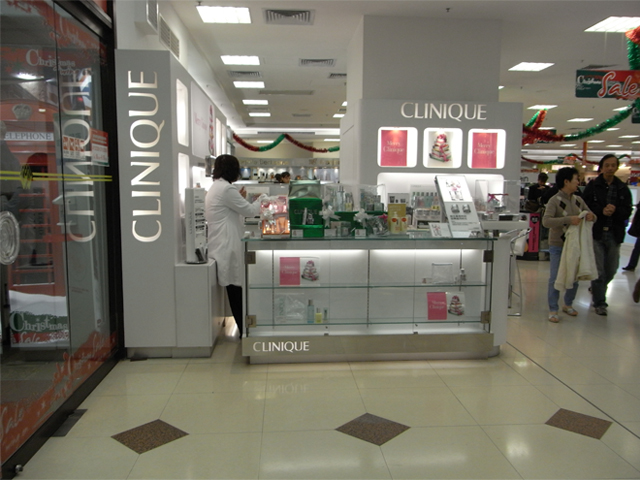
5. Harrods
Ralph Lauren recently launched its new Polo collection through innovative use of NFC and QR codes in Harrods window displays. When a customer scanned a code or tapped an NFC sticker, a landing page describing the collection appeared on the phone. The landing page linked to an interactive map with more detailed information about the collection. Even if the store was closed, a link to Harrods mobile website was provided.
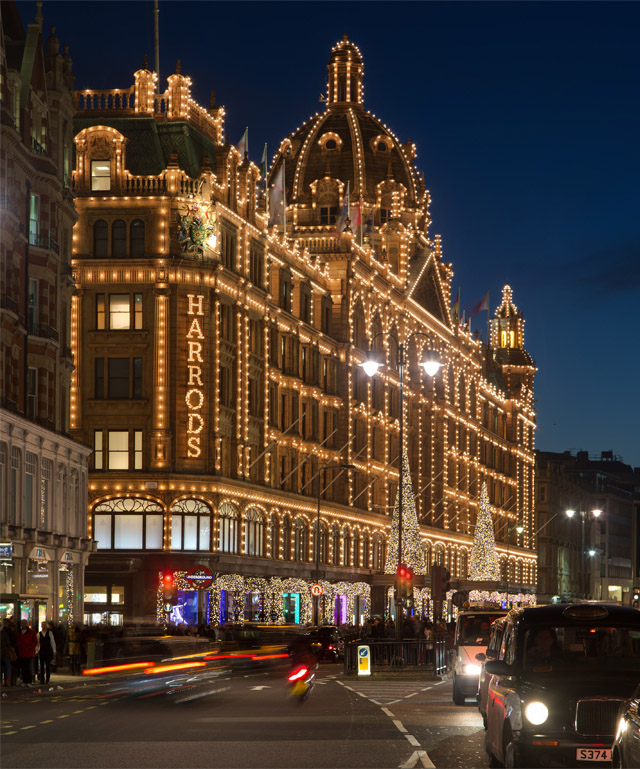
6. House of Fraser
House of Fraser are trying an array of innovations in omnichannel retail. They worked with Poq to produce an app to encourage multi-channel shopping, as well as using Qudini to develop their buy and collect service. They also outfitted mannequins in its Aberdeen location with electronic codes that can transmit information about the items on the mannequin as well as special offers to a customer’s phone. The customer has the choice of purchasing the items directly from their device or following directions to where the items can be found in-store. If the store is closed, there are still some tags that can be reached from outside the display windows that can direct shoppers to the mobile website.
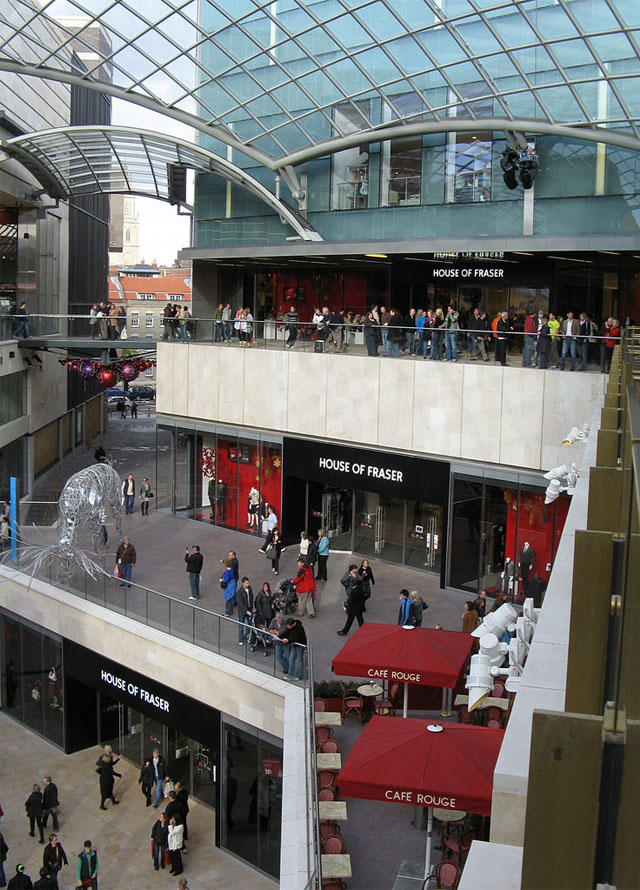
7. John Lewis
The department store recently consolidated to a single distribution centre for both ecommerce and in-store purchases to improve efficiency for customers. Growth of online sales has provided huge growth. The company more than doubled its targets for 2010, reaching its target of £1 billon turnover from online sales one year early. Currently 45% of online sales come through click-and-collect. Shoppers can also order items in-store to be shipped to their homes. Take a look at the video produced by Localz.
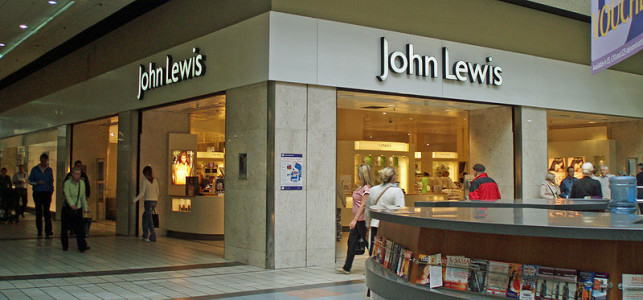
8. Lancôme
Cosmetics giant Lancôme recently launched a partnership with RichRelevance to increase the level of personalisation they are able to offer their customers both online and in person. Customers create a profile online with their preferences, which is combined with Lancôme’s expertise in what products work with what skin types, as well as current local trends. This information can then be used either online or in-store. The recommendations change in accordance with shoppers’ behaviour whilst factoring in pricing and inventory information. The main idea is to make it as easy as possible for customers to buy the things they are most likely to want at a particular moment.
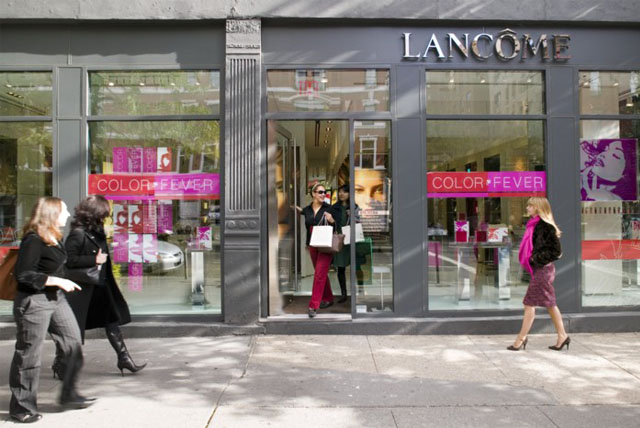
9. Made.com
Visitors to Made.com’s London showroom can use tablets for more personalised recommendations and follow-up marketing opportunities. For example, customers can use the tablets to scan tags attached to items that are saved to a shopping list, which shoppers can in turn choose to email themselves before leaving the showroom. Sales assistants can also help customers create customised look-books to share with others. The tablets and tracking technology come courtesy of a partnership with CloudTags, a company specialising in digital experience. See our trends tour of the Made.com new retail space on Charing Cross road.

10. Rebecca Minkoff
New York-based luxury fashion retailer Rebecca Minkoff has created an interactive store at its flagship location in SoHo. RFID tags in the clothing trigger informational videos and further recommendations in the dressing room mirrors. If customers want to try a different size or even a different item, they can use their mobile app to alert a sales assistant from the dressing room. Before leaving the store, shoppers can buy the items immediately or save them to a mobile app to buy at their convenience. The concept will be expanded to other locations soon. A partnership with eBay is also on the horizon.
11. Schuh
Through a partnership with Google, Schuh has unveiled a mobile location-based game with which shoppers can interact whilst discovering new footwear. The game also works outside the store, offering interactivity with certain points at parks, public artworks, and historical sites that can unlock secret portals within the game, which further expand the opportunities to discover different kinds of shoes.
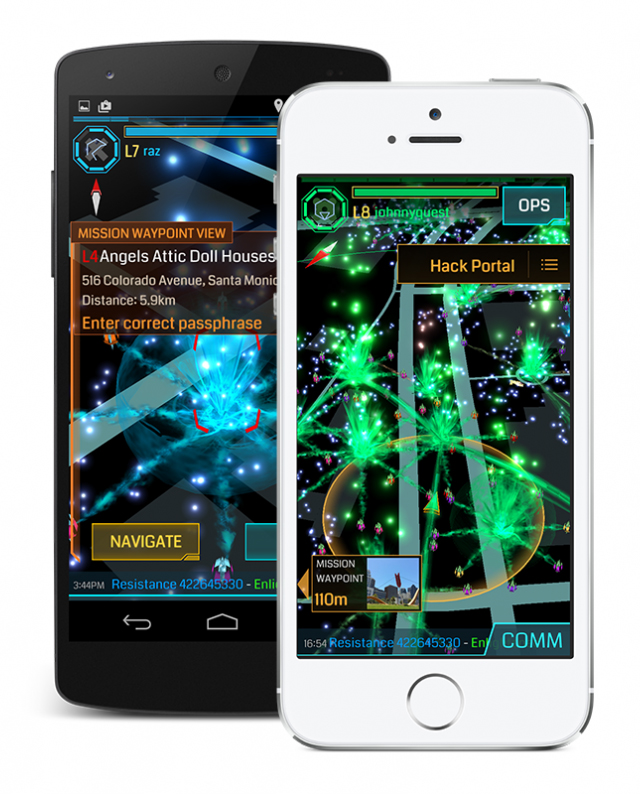
12. Starbucks
Seattle-based coffee juggernaut Starbucks has recently expanded its mobile app to allow customers to order and pay ahead of arriving in a store. When a customer places an order, the app provides a list of the nearest Starbucks stores and the estimated wait times for their orders. Once a store is selected, the app can also provide directions if necessary. The customer’s Starbucks Card is used for payment.
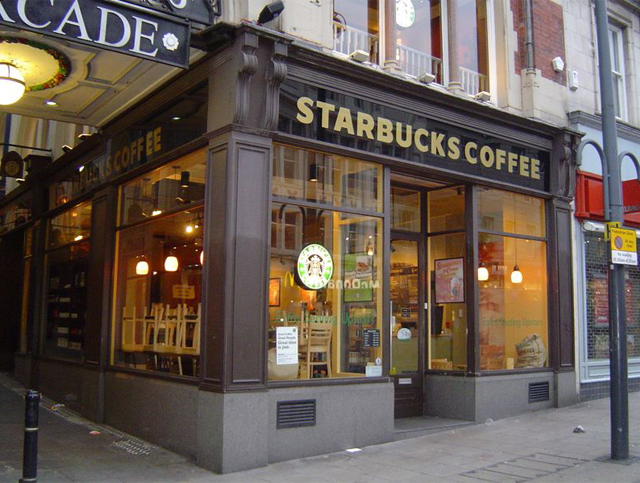
13. Waitrose
The supermarket chain is in the early stages of working with a Hiku scanner that allows people to scan items at home to add them to their online shopping basket. The scheme is currently being trialled amongst Waitrose employees, who can also use the scanner’s voice-recognition technology to add items to the shopping list. The shopping list can also be shared with others. Users can also use an app on their phone to update their lists when away from home.
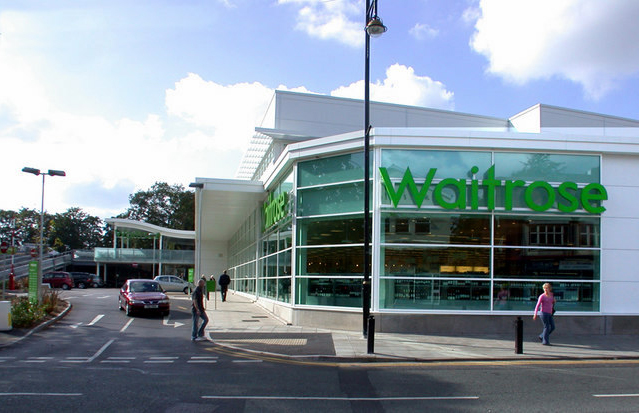
Omnichannel retail: conclusion
Simply putting an electronic version of a catalogue on the company website doesn’t cut it as an ecommerce solution anymore, much less anything approaching omnichannel commerce.
Even click-and-collect, unheard of not so long ago, is fast becoming the minimum standard for customers’ delivery expectations. More and more companies are looking for ways to distinguish themselves, whether it’s through the creative use of mobile apps or more customised devices.
With the customer more in control than ever, it’s in retailers’ best interests to make it as easy as possible for shoppers to buy the items they want, when they want, and in the way they want. Retailers who expect to succeed in the long term don’t want to get caught falling behind. The 13 companies discussed in this article show how some companies are not only adapting to the challenges of omnichannel retail, but even embracing them.
Article by Simi A Mira

